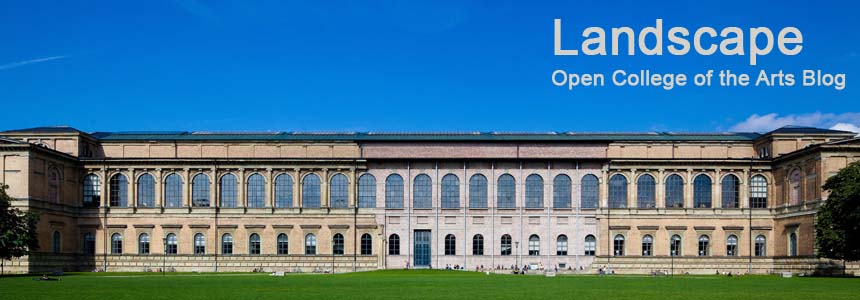The big question when I take a photograph now is WHY, not WHAT, WHERE, or HOW.
With the last two assignments, I have undertaken difficult stories born in terrible catastrophe, trying to show through my photographs how Munich has moved from the dark into the light. Taking the photographs was only an element of the activity, equally important was to research the history and then work out how to weave a story in the photographs. The subject matter was risky, a Brit living in Germany commenting on Munich's Nazi past must do so with respect for both the victims, but also the descendants of the perpetrators who are equally as innocent. A key outcome of this experience was that choosing a photograph for display had as much to do with the viewer as it did with the subject. In both assignments I shot well over 1,000 frames and had in the region of 50 good photographs. Reducing them to the 12 needed was very hard, far harder than taking them in the first place. This gets to the WHY of photography, why I take the photographs is one thing, why I chose this shot versus another to display and why I place them in this order can determine whether a viewer accepts my images or simply passes them by.
Looking back I can say that Context dealt with why I took the photographs and selected this subject, Narrative determined why I selected the 12 I did and the order that I then placed them in. As I work on assignment 3 I am finding that this awakening of awareness of the importance of Narrative and Context is making progress very difficult. When I started this project the goal was simply to study the changing light of dawn and its interaction with the humid air of Autumn. As the photographs developed, I found that I was building a sequence of images, from the bleak whiteness of pre-dawn mist into the light enfused golden glow of dawn and finally into the blue of early morning. This developed into a sequence of 54 photographs, published as a book. The narrative is simple, it is the awakening of the day and the study of light arriving in a new day. Context is provided by shooting all photographs in one small quarter of a city park, a demonstration of the beauty that can be found in a small area of a vast city.
However, the assignment calls for 8 differing photographs with a linking theme. I can do that, but this seems to be an exercise in illustration, losing the subject contact that continuity in the images could bring to my work. I feel I have the versatility to show a broad span of lighting conditions, but every time I look at the photographs together they do not work as a set, context exists, but narrative is killed. Perhaps that is the nature of this assignment, however, my head is somewhere else, I want each assignment to be a photo essay, not a series of technical challenges. This will need more development over the next 3 weeks before the deadline for submission arrives.
An unexpected outcome of my increasing awareness of the critical importance of Context and Narrative is a changing feeling about the equipment I use. Over the last 3 years I have been adding a progressively expensive array of lenses to my kit, mostly fast primes, seeking to optimize image quality in any given situation. In the last 8 weeks I have almost only used an f/4 24-105mm zoom, a damn good lens, but far from the best. However, what I trade in quality, I get back in versatility, enabling me to better capture my inner vision of the photograph, worrying less about aperture, speed, and quality, more about does the photograph contain the message I want to deliver. Interesting..
Oh, and prior to submitting my last assignment I read the following:

This helped me to develop many of the thoughts I have expressed here.

No comments:
Post a Comment